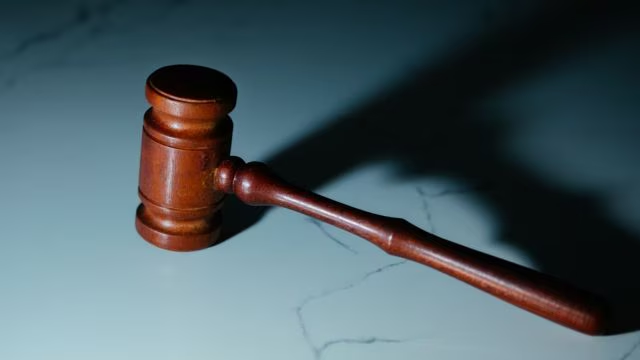In March 2025, undisclosed cash was reportedly discovered at Justice Yashwant Varma's home, leading an internal committee to suggest his ousting without providing him a personal hearing.
Following his refusal to step down, a motion for his removal was put forward in Parliament.

The situation has sparked a significant discussion regarding judicial independence, the principle of separation of powers, and the boundaries of internal judicial supervision.
Internal Process for Inquiry
In 1999, the Supreme Court established an “in-house procedure” for investigating judicial misconduct without going through the formal impeachment process.
Lodging Complaints: Complaints may be submitted to the CJI, Chief Justice of the High Court, or the President.
Initial Investigation: The High Court’s Chief Justice requests a reply from the accused judge and sends the results to the CJI.
Fact-Finding Committee: In cases of serious allegations, the CJI forms a committee that includes two Chief Justices from other High Courts and one judge from a High Court to conduct an investigation.
Recommendations and Actions: Should the committee determine valid reasons for removal, the CJI may suggest that the judge step down. Should the judge decline, the report is sent to the President and the Prime Minister for additional measures, setting the stage for impeachment.
Issues of a Constitutional and Legal Nature Presented
Constitutional Legitimacy of In-House Procedure: The petition argues that the in-house investigation is devoid of constitutional or statutory support, breaching Article 124(4) and Articles 218, which establish the sole parliamentary process for the removal of High Court and Supreme Court judges.
Breach of Natural Justice Principles: The petition asserts that there was no personal hearing or access to the complete report, and the evidence—photos and videos—was procedurally flawed, compromising due process under Articles 14 and 21.
Separation of Powers: The dismissal of judges is, as mandated by the constitution, a function of parliament rather than the judiciary. Critics contend that establishing and implementing internal mechanisms.
Path Ahead: Institutional Clarity: The procedure for preliminary enquiries against judges must be codified immediately, with protections akin to those found in the Judges (Inquiry) Act of 1968.

It is necessary to improve the internal mechanism's accountability, transparency, and procedural fairness.
Strike a Balance Between Independence and Accountability: Judicial independence shouldn't be equated with protection from criticism.
Judges' rights to due process must not be compromised by disciplinary actions.
















